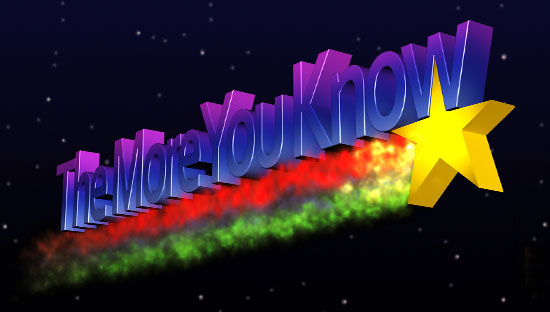Adventures in ROAS Bidding Algorithms
Of all the flexible bidding strategies, CPA bidding is probably the most well-known and tested.
Everyone has yearned for the simplicity of telling Google exactly how much you want to pay for your conversions, and finding varying degrees of success with their performance.
I often hear the blanket statement that conversion bidding algorithms just do not work – I believe it is more nuanced than that.
Bidding algorithms can be very successful at achieving a target CPL, as long as two thresholds are met – 1) the CPL goals are reasonable when considering the CPC needed to compete in your vertical, and 2) you are generating enough conversion data to eliminate the statistical noise from small sample sizes.
The exact number of conversions needed is debatable, but I think we can all agree that the more conversions we have, the more effective the algorithm will perform.
ROAS bidding adds another wrinkle to the bidding equation. Enter Google’s “Target Return on Ad Spend” bidding strategy.
The strategy is easy enough to employ, you just set your ROAS goal and apply to any campaigns with enough conversion data to be eligible.
We recently began testing for a client to find some surprising, and interesting, results …
Launching the Strategy
The strategy was straight-forward to implement. We determined 2.5 ROAS was a good target to maximize revenue based on our past data.
After a period of “learning,” the algorithm was soon doing its darnedest to hit our ROAS goal. And to-date, it has been more than successful.
Revenue was up 14% last month, and ROAS even exceeded our goal of 2.5. The product price point is in the $30-40 range, so these are not high-revenue sales – avg order value is around $110, with CPCs historically in the $1.50 range.
What Happened Next
Take a look at our bids!
Almost $80 bid for a product that only costs $30? Someone would have to be crazy to manually bid this high! But is Google crazy?
The short answer is “no” it just has access to a plethora of information about the auctions than any of us do.
Importantly, it knows what the next competitor ad rank is, and exactly what it will cost at minimum to be ahead of them. Our CPC is only $1.70, leaving a whopping 98% percent of “headroom” between what we bid and what we actually pay!
Google knows we should never actually pay $80 for one click, but it also knows we will not have to in order to appear #1 for 100% of the impressions.
So Where is This Going?
There are no bidding strategies, either manually implemented or through a third-party platform, that should theoretically outperform Google’s, simply because no one can possibly have the information that Google has.
Google knows, for every auction, exactly what everyone is bidding, how each advertiser’s Quality Scores stack up, and exactly what bid is required to be No. 1.
Just like we learned from the (Emmy-award winning) PSA – “The More you Know” the better you can make decisions on how high to bid. And in this case, Google knows all …
I imagine this will be a sort of double-edged sword for agencies like us moving forward.
On one hand, allowing Google to manage all bidding steals a little bit of our “secret sauce,” presenting a plug-and-play version of Google AdWords that is more accessible to amateur PPC advertisers.
At the same time, Google’s tools are all free, helping agencies avoid the often expensive costs of third-party tools. One thing is for certain: Google will continue to refine and reboot its platform, so keeping up-to-date on the latest tools and enhancements is a must for all advertisers.
Tags In
Wesley Hearn
Recent Posts
Recent Comments
- Shannon Thammasiene on How to Create a Successful Blog
- Sarah on How to Create a Successful Blog
- How to Create a Successful Blog on 5 Free Keyword Research Tools that will Rock your Socks
- Olivier Hamphrey on This Week In Social Media
- Richard Dickerson on Use Email to Sell without Selling







